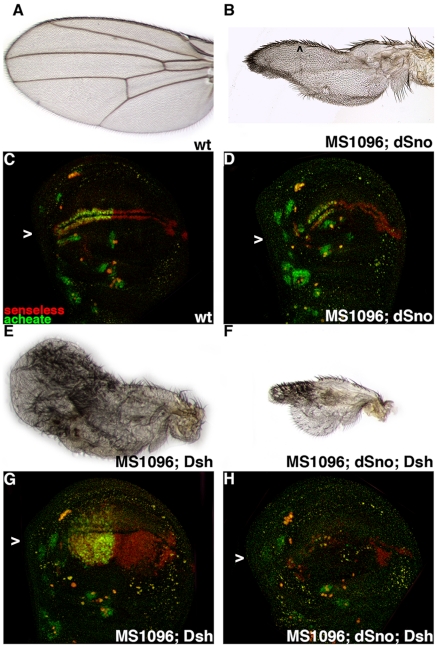Figure 2. dSno rescues overexpression of Dsh in the wing.
(A) Wild type wing. (B) MS1096.Gal4; UAS.dSno wing is small, has gaps in the row of wide-spaced chemosensory bristles on the dorsal surface of the wing margin (arrowhead), no L3 sensilla or veins on the wing blade. (C) Wild type disk labeled for Ac (green) and Sens (red). Expression of both proteins in two rows of cells adjacent to the wing margin that will become bristles in the adult wing is visible with Ac present only in cells of the anterior compartment (arrowhead). (D) MS1096.Gal4; UAS.dSno disk has reduced Ac and Sens expression along the presumptive wing margin (arrowhead) and in the center of the disk below the margin stripe corresponding to L3 sensilla precursors. (E) MS1096.Gal4; UAS.Dsh wing is large, has no adhesion between the dorsal and ventral surfaces, no veins or obvious margin and numerous ectopic bristles on both surfaces of the wing blade. (F) MS1096.Gal4; UAS.dSno, UAS.Dsh wing is small, has no veins and a greatly reduced number of ectopic bristles on the wing blade. (G) MS1096.Gal4; UAS.Dsh disk has extensive ectopic expression of Ac and Sens though Ac is limited to the anterior compartment. (H) MS1096.Gal4; UAS.dSno, UAS.Dsh disk has reduced Ac and Sens expression even when compared to wild type.

